How to take care of a tattoo?
Advice for the healing process
8/2/2022
Getting a tattoo is very exciting, and people can feel anxious about seeing it healed.
But like everything, it is necessary to give it time to heal, since it is the main cause to last in optimal conditions for a long period.
There are several aspects to keep in mind to take care of a tattoo. Basically, it consists of paying attention to the aseptic measures after the freshly made tattoo.
But that's not all, you have to pay attention to it for the rest of your life and take care of the skin to ensure that the tattoo is maintained over time without undergoing major changes.
Do you want to know more? Keep reading to tell you everything.
The healing process of a tattoo
Performing a tattoo is very exciting, but we always have to keep in mind that when we tattoo, we create wounds on the skin of our client, which is invasive.
So you have to be aware of the necessary care before and after tattooing. It is essential that you know the measures and steps to follow you should take into account when working, and also communication with your client.
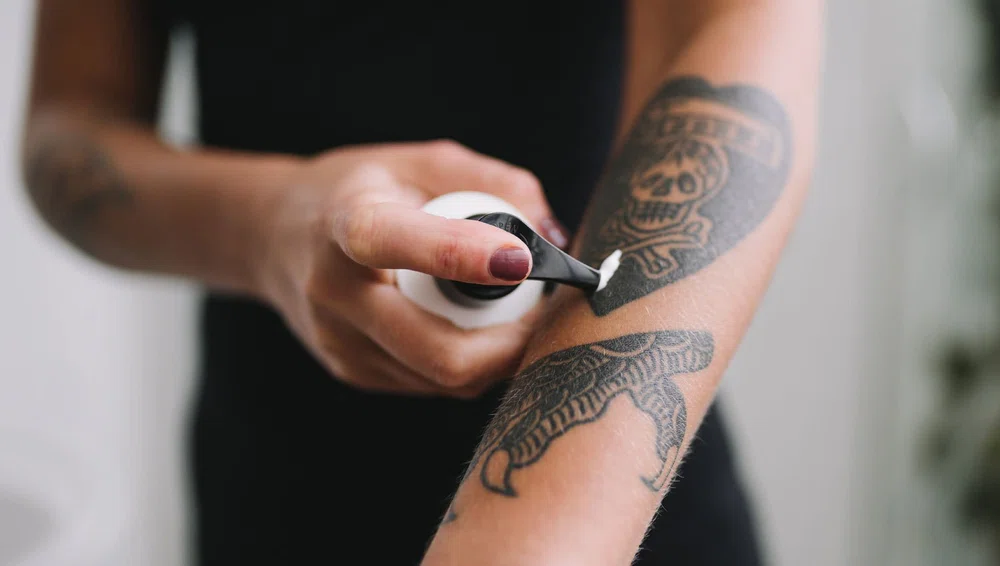
The first 7 days
In the first week the greatest discomfort will occur, since the skin has just been punctured and the body will be at the highest stress level, trying to assimilate the ink and healing the wounds caused by the needles.
The first three days, the skin will be swollen and very sensitive. The inflammation is normal in the first 72 hours, it may even take a little longer to go away, although the sensitivity will last more days.
A soft scab will appear until day 7, it is a type of scarring from that of other wounds or scrapes. And this is because, by constantly moisturizing the skin with creams and washing it with soap, the skin is moistened enough not to harden the scarring.
You have to be careful not to remove the scabs. Let them come off on their own so as not to make the wounds deeper. Therefore, when you talk to your client, make this part very clear.
It is also normal for the wound to ooze mucus or fluids, but it is part of the healing process.
Itchiness after 7 days
The skin begins to regenerate and the hair that was shaved prior to the tattoo begins to grow. This leads to itching.
You have to make it clear to the client that it is very important that they do not scratch the area. In fact, every time they want to do so, they should apply a thin layer of moisturizing cream. Hands and nails are a source of concentration of bacteria, so it is essential to maintain proper asepsis in the area to avoid infections.
Frequent washing and moisturizing are the key to healing the tattoo. Otherwise, the skin that has to come off by itself will not, and healing will be slower and poorer.
The final phase of 15-20 days
From the second or third week on, all discomfort and itching should decrease or disappear. This happens after taking good care of the tattoo.
But beware, constantly washing is not good either, two or three times a day should be enough. Of course, do not forget to moisturize the skin with creams.
After the third week, the skin may not be as smooth or soft as it used to be. If this happens, it is advisable to keep moisturizing the skin with lotions and creams. Little by little the effect will be reversed, so be patient.
What products to use?
We’ve already talked about the importance of properly washing and moisturizing the entire tattoo area, but the question is what to use to do it? This is what you should know.
- Cling film. This will be put on immediately after the tattoo is finished. The reason for its use is to prevent you from getting infections.
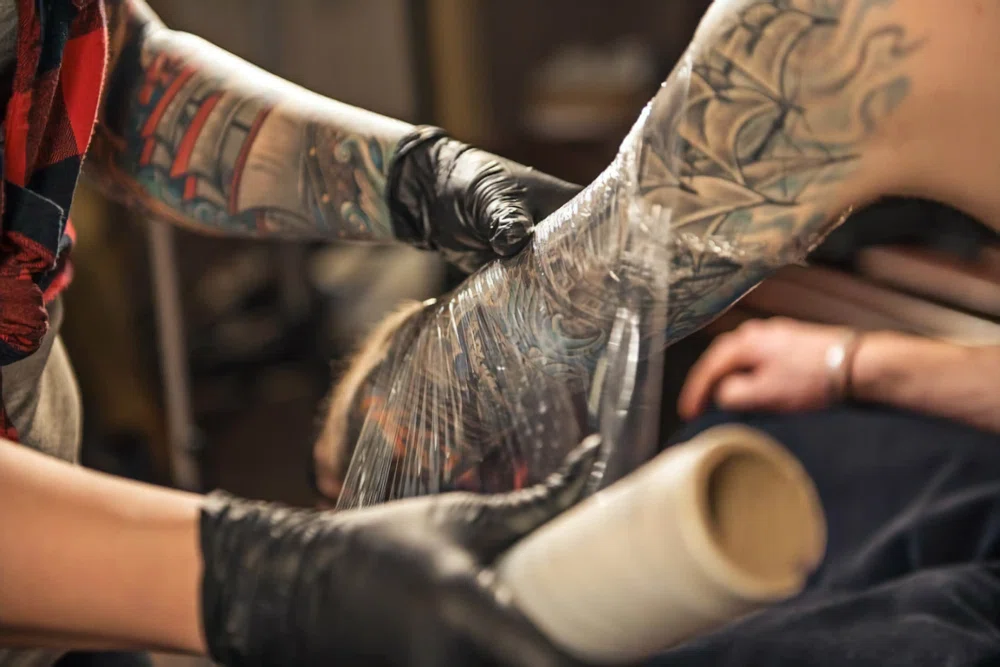
- Neutral soap. Or white soap, as you know it, is the one that is always used to wash tattoos and it is the most recommended for its neutral pH. The soap can’t have fragrances or any other additives, since this could negatively affect the process. Apart from that, cold water should be our only choice.
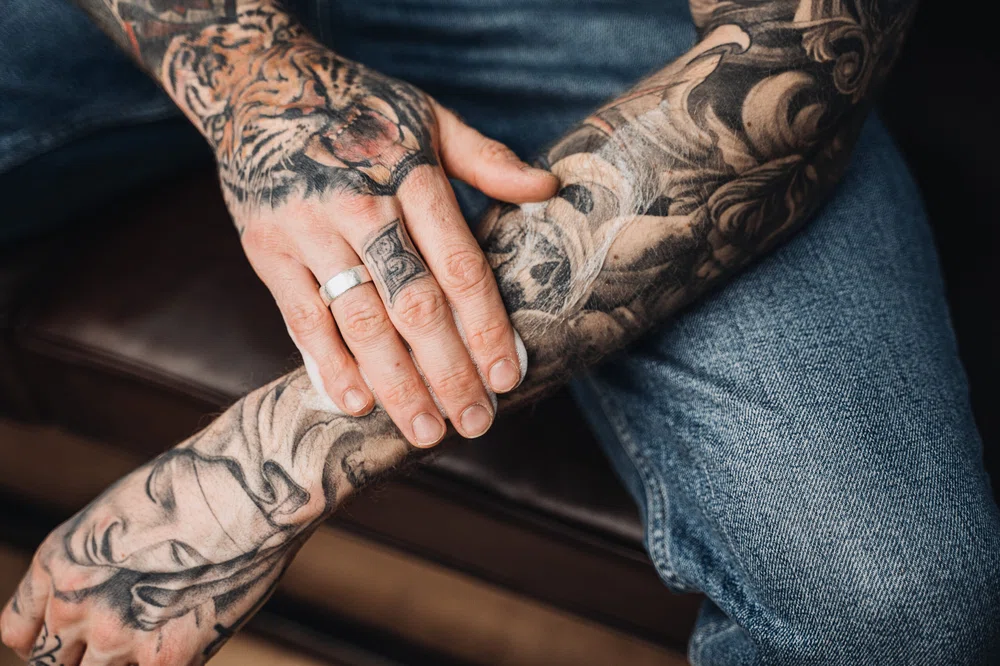
- Drying paper. When drying the tattoo, using towels is not recommended. Instead, use disposable paper to avoid bacteria.
- Healing ointments or lotions. You have to remember that by putting a large amount of products does not mean that you are doing things right. For this reason, you should apply a thin layer of these products on the tattoo.
A highly recommended cream for its high level of effectiveness is Aquaphor from Eucerin. Its formula is paraffin-based, water-free, and generates a semi-permeable protective layer that concentrates the necessary moisture and maintains the natural level of water.
Important: do not share the creams with another person, as they are for personal use only. Otherwise, bacteria are avoided. It is advisable to keep these products in the fridge.
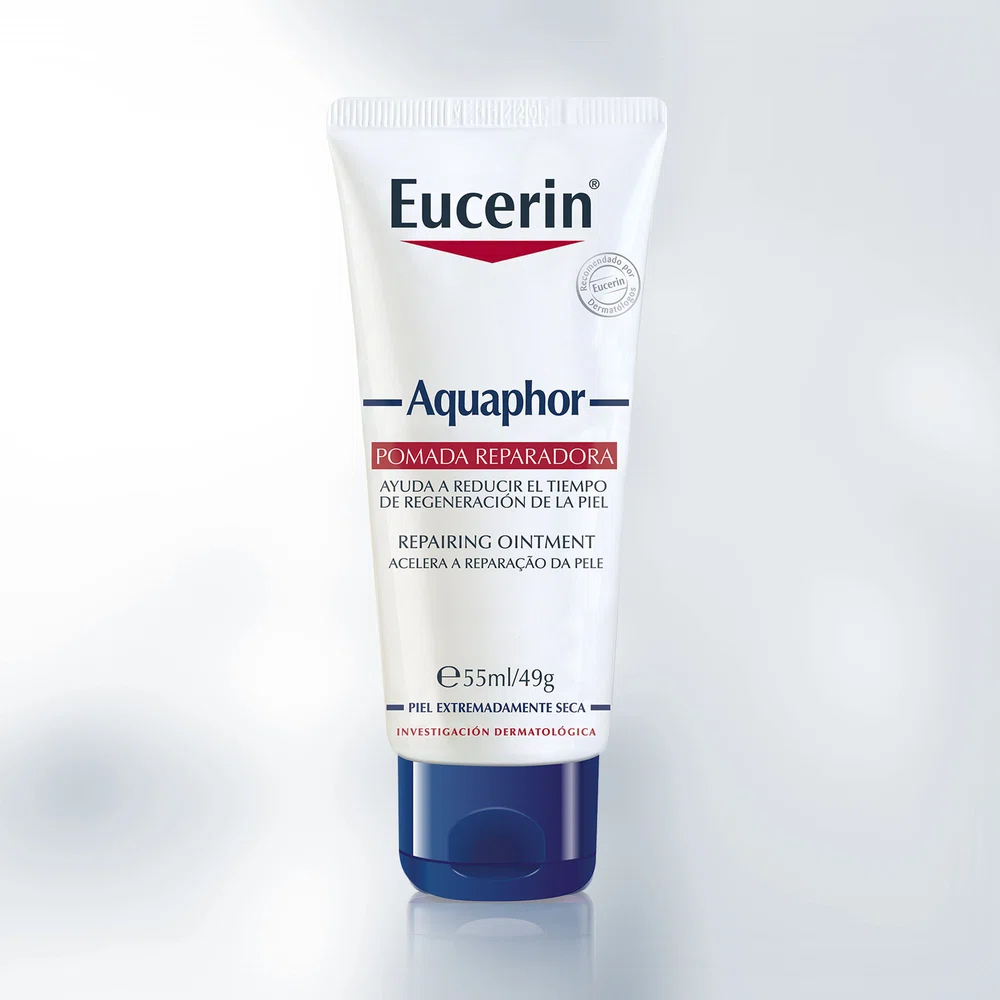
- Antibiotic ointment or cream. Some creams that come with medication can be beneficial, but they need to be prescribed.
This will be necessary whenever there are risks of infection or once it has occurred, so the tattoo artist will not be the one to recommend them, it is always necessary to see a doctor.
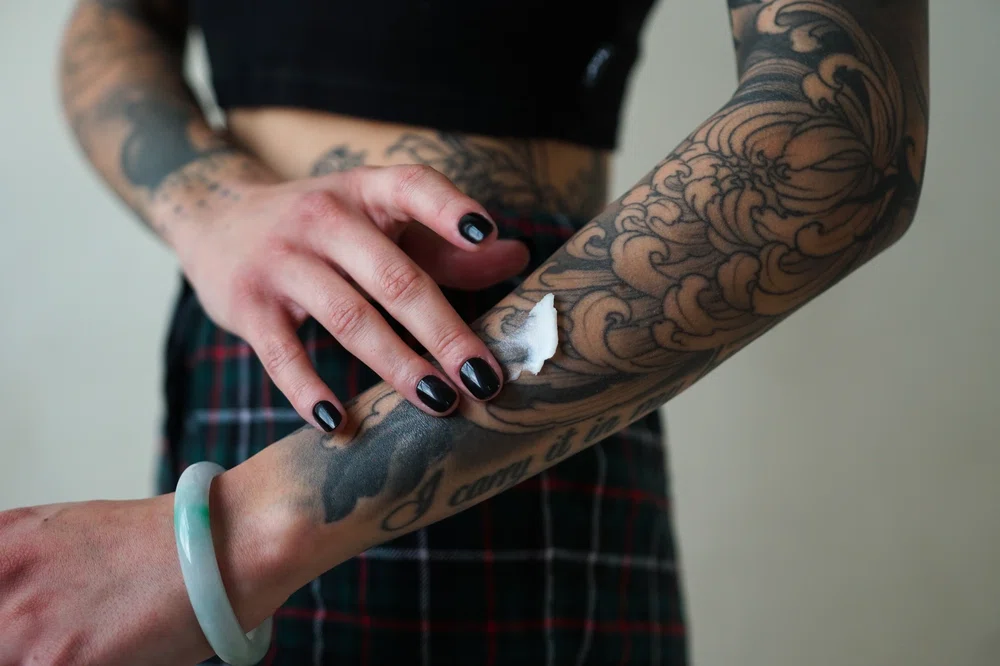
Complications and infections in a tattoo
However, some unexpected complications may arise due to poor care or not following the steps mentioned before. How to identify an infected tattoo? Keep reading to know more.
To begin with, inflammation followed by irritation is easily identified. When the wounded skin comes into contact with bacteria, inflammation quickly occurs and it produces a reddish appearance that can make the area hotter and raise a fever.
Also, the itching increases and a lot. As we mentioned, in this situation, what you should not do is scratch, at all. If the tattoo is infected, it would be good to wash the affected area and look for alternatives to calm the itching. Something that can also work is to apply a thin layer of aloe vera.
Like any infection, oozing and pus normally happen. This would be considered a fairly advanced infection. In the event that this happens, one of the things that can be done is to apply physiological solution and use antiseptic products, apart from washing it with neutral soap.
In any of these situations, we recommend seeing a doctor and never self-medicate. So if something like this happens to your client, remind them that it is important to see a professional.
Personal care is the responsibility of the client, but you must be clear when explaining what to do and how to take care of the tattoo after the session. Healing time also depends a lot on its size and complexity, but care is the client’s main responsibility.
How to maintain the quality of the tattoo over time
And lastly, as we anticipated before, after-care after healing is complete is essential. For this reason, we’ll give you some tips.
- Avoid sleeping on the side of the freshly made tattoo.
- Also avoid very tight clothing in the first few weeks. Having tight clothes generates unwanted friction on the skin, which can cause irritation, attract bacteria and cause many problems in the future.
- Drink water and have a healthy diet: It is key to always maintain good hydration, before, during and after.
- Sunscreen. This is essential, whenever the tattoo is exposed to the sun, whether in summer or winter, the use of sunscreen is essential to ensure its duration over time. As the inks are chemical products, with solar radiation they can lose their pigmentation very easily.
You should always use sunscreen, no matter if you have tattoos or not, sun exposure is very harmful to the skin. But if you want to maintain the quality of the tattoo, using a sunscreen with +50 spf is ideal and recommended. - Moisturize the skin with creams. We mentioned it before, but it is recommended to keep the colors vivid for longer.
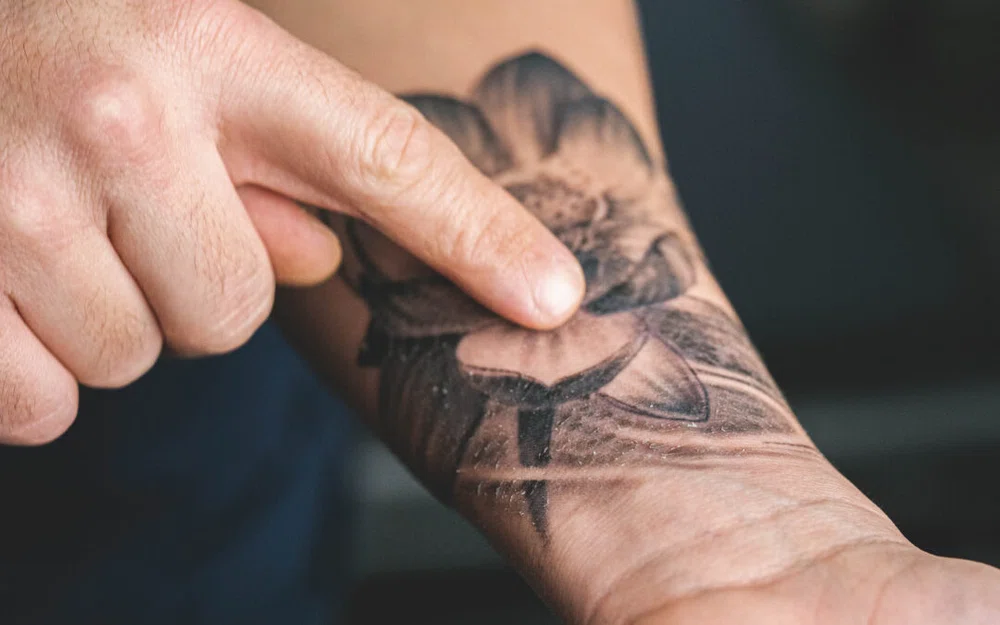
Conclusion: good care guarantees a good tattoo
Rigor when making a tattoo is essential to avoid complications and ensure that the tattoo is maintained in the best possible way over time. The healing process is one of the most important parts.
So, giving this information to your client will make you and your client feel better. But if you have any questions, you can always talk to a doctor.
We are dealing with other people’s bodies and, although aftercare is the client’s responsibility, you play a significant role when giving this information.
If you found this note helpful, save it to share it with your clients.
Remember: knowing the details of tattoo healing care is your responsibility, and it's up to you to properly guide your clients to avoid harming the final result.
To delve into this and countless other technical and methodological issues 👉 MasterCourse: Realistic Tattooing.